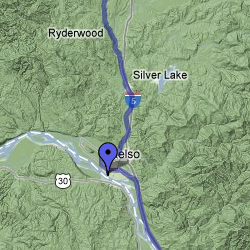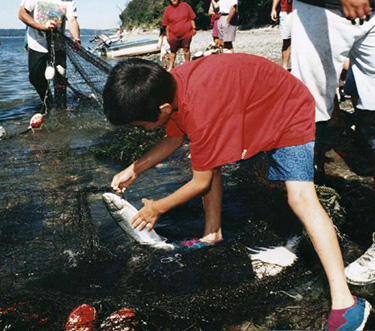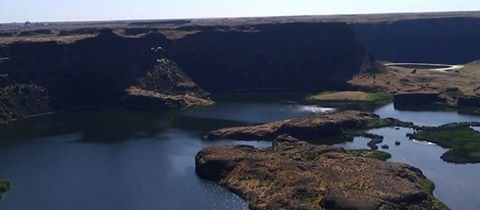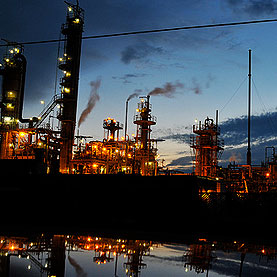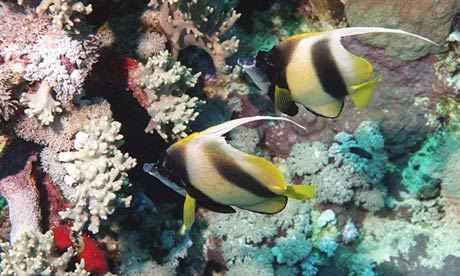Source: Northwest Indian Fisheries
PUYALLUP – The Puyallup Tribe of Indians working to decrease sediment in Clarks Creek, an important salmon tributary to the Puyallup River.
“Clarks Creek is important because it supports several different species of salmon, some listed under the federal Endangered Species Act,” said Char Naylor, water quality program manager for the tribe. Clarks Creek also supports the highest salmon spawning densities in the Puyallup watershed as well as the most significant number and variety of spawning salmon within a city limits in the watershed.
“Its also important because it can be an example of how we can restore hundreds of small urban streams in Puget Sound,” Naylor said. The problems facing the Clarks Creek watershed are endemic to most Puget Sound lowland streams. The principal non-point pollutants causing degradation are excessive sediment, nuisance weed growth, nutrient enrichment and excessive bacteria loading.
“If we can tackle these issues in Clarks Creek, we can show other Puget Sound communities how to heal their streams,” Naylor said.
The tribe is leading a regional effort to clean up the creek by reducing the amount of sediment flowing into it. Too much sediment in a stream drives down salmon productivity because it impacts the fish’s ability to find clean spawning gravel in which to spawn or rear. The goal of the project is to reduce sediment loads by half and nutrient and bacteria by a third by lowering flows and stabilizing banks to reducing channel erosion.
The tribe recently finished a two-year study of sediment sources throughout Clarks Creek. The study found that if 23 major sources of sediment were repaired, over 50 percent of the creek’s sediment problem would go away. Yet by doing just the top eight bank stabilization projects, a huge amount of sediment can be removed from the stream very cost-effectively.
The tribe is putting together plans to restore two those major sources of sediment in the creek. The tribal projects would stabilize the banks of two Clarks Creek tributaries. “We would literally be changing the shapes of their banks and channels, adding gravel and planting vegetation along their banks,” Naylor said.
Other sorts of projects suggested by the study include stormwater retrofits, low impact development, and stormwater detention ponds.
Most of the creek’s sediment actually start with the river it flows into. “The Puyallup River is diked through most of its lower reach,” Naylor said. “This caused the river bed itself to drop, which means the creeks flowing into it also drop.” This down-cutting action puts more sediment into the creek than would be there otherwise.
Clarks Creek is just 4 miles long and flows through suburban neighborhoods of the city of Puyallup before joining the Puyallup River. Because it is largely spring-fed, the creek has a consistent level of water throughout the year, making it great rearing habitat for juvenile salmon. The Puyallup Tribe also operates a chinook hatchery on the creek.
“We have already begun working on implementing several of the identified sediment projects to restore the watershed almost before the ink was dry on the report,,” Naylor said. “It is satisfying to have changed the status quo, the way things have been done in this watershed over the last several decades.”




